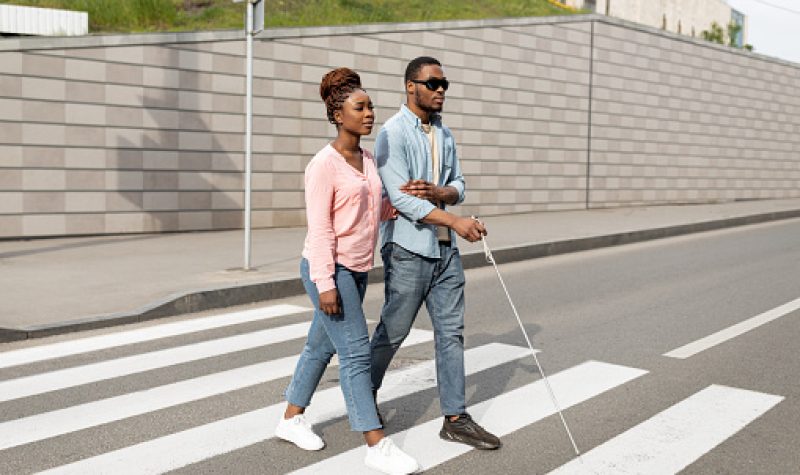Every year January 4 is observed as World Braille Day to raise the importance of Braille, which serves as a communication medium for blind and partially sighted people. Braille is a tactile writing system that is used by visually impaired people who are blind or deaf-blind or have low vision. It can be read on both embossed paper or by using refreshable braille that displays which connects to smartphone devices.
The day was first initiated by the United Nations General Assembly in 2019 and January acts as Braille Literacy month. The event is celebrated throughout the month to bring up the importance of Braille and Braille Literacy.
Braille is an important tool for people living with sight-loss. But, not all blind people read braille, and often rely on new technologies such as their phone's test-to-voice functions, or audio-based technologies in public spaces such as announcements and also, asking people around you for assistance.
Since the COVID-19 pandemic hit, many people became isolated and the experience of people living with sight-loss was (according to a Canada Council for the Blind survey) "very isolating".
One quote from the 2021 survey's results was “respondents expressed a need for technical and financial assistance. Many expressed difficulties with shopping and maintaining social distancing from others. They were also concerned that others may not engage in social distancing with them, in particular staff in stores.”
In northern British Columbia (and especially in rural areas in the Skeena Region), a place for many people to access information and new technologies is their local library.
But, are libraries in rural areas prepared to assist their blind visitors and still maintain social distancing? What services have they had to reconsider and how do they share information such as signs indicating social distance measures and hand washing stations?
Listen below to Pam Haasen's interview with two local librarians in Terrace and Smithers about their practices and protocols for visitors with sight-loss.


